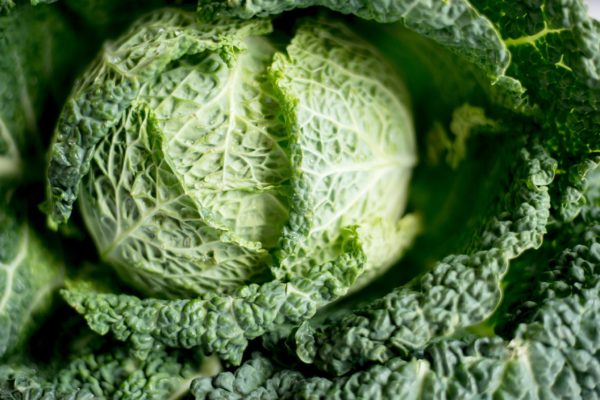
I’m all about looking after my skin. In fact, it’s probably one aspect of my beauty routine that I choose to invest in because I know starting with a healthy complexion provides the perfect base for everything.I like having the option to choose whether I want forego makeup on a particular day or simply start with a good foundation from which to build a makeup look. A key aspect of that routine is having regular treatments with facialist Jacqueline Brennan. Her eponymous Mosman-based clinic is a haven and I often go there when my skin needs some serious TLC. I can attest that Jacqueline is a fountain of knowledge when it comes to skin, so I asked her to share her tips for dealing with winter skin. Read on to find out Jacqueline’s advice for looking after your skin now that temperatures have dropped.
What changes occur to our skin during winter?
Winter is harsh and can be unforgiving. As the temperature drops so does our skin’s ability to protect itself. The low humidity is dehydrating and can exacerbate skin conditions like eczema, psoriasis and broken capillaries. However, with a few key changes and additions to your daily routine, your skin will stay balanced and healthy.
What are the biggest concerns regarding skin during winter?
Dryness
Cold, dry winter weather takes a toll on our outer skin layer. Unfortunately, the skin may not be able to naturally compensate for extreme cold, and microscopic cracks in the skin barrier may develop, which can lead to the loss of hydration and inflammation. Additionally, things we do to compensate (like long, hot showers) can exacerbate the problem by stripping the skin of the essential oils that normally maintain our healthy skin barrier.
Redness/Sensitivity
Because of dryness, many people suffer from periods of skin redness during the winter. Because dry skin often looks more wrinkled and dull, many overcompensate by using products that contain alpha- or beta-hydroxy acids to help brighten the skin, but usually they just end up making redness and irritation worse.
Brown spots
Brown spots that become more noticeable is another common winter skin symptom that can be both confusing and frustrating. Most people have slightly darker skin during warmer months because of increased sun exposure. Then as we move back into colder weather, this baseline colour fades, which can expose brown spots making them more obvious.
What changes do we need to make to our skincare routine during winter?
Here are my tips on how to heal dry skin in winter and keep your complexion glowing all season long.
- Cleanse gently
- Use an exfoliating toner
- Keep your skin hydrated by apply hyaluronic acid twice daily
- Use an oil-based moisturiser (not water-based)
- Take advantage of targeted mask treatments
- Don’t forget your SPF every day!
Hot showers, heaters and cold air can be very drying and are all part of the cool weather during winter. What are the best ways to deal with dry skin?
I always recommend my clients to treat their skin more gently in winter focusing on hydration and protecting the skin barrier.
I also recommend gentle exfoliation. The skin exfoliates itself with usage of proper products containing vitamin A. Specifically, Medik8’s Crystal Retinal. It does not create skin sensitivities as many prescription retinoids and retinols do, so it’s a very safe and super active product to work with. Applying ceramides and hyaluronic acid daily helps to protect and hydrate.
I also recommend layering clothes at home to avoid drying central heating and lukewarm water instead of hot showers.

Facialist Jacqueline Brennan
What should we be looking for in a moisturiser during winter?
I would always recommend using a day cream with an added SPF in winter – don’t forget that UVA rays are around us all the time, they can penetrate clouds, glass and are emitted from computer screens.
A great deal of your skin’s natural rejuvenation and repair process takes place at night.
I am a huge fan of ceramides in a winter moisturiser and ceramides make up at least half of the lipids in the skin barrier, which is the body’s first line of defence against the elements. Not only does the skin barrier keep invaders out, but it’s also responsible for keeping moisture in.
I also look for hyaluronic acid a well-known skincare ingredient for dry skin since it can hold up to 1,000 times its weight in water.
Lastly vitamin C – this antioxidant helps protect the skin from free radical damage which is said to be worse in winter.
What treatments should we consider having during winter?
We tend to hibernate in the winter, as opposed to the summer months where we spend more time outdoors. Therefore, winter is a great time to get treatments that might have a little longer downtime or recovery time. It’s also a great opportunity to repair the damage that is caused by the summer months and sun damage.
Intense Pulse Light (IPL) is used to treat redness, “sun spots” or pigmented areas of the skin as well as spider veins. This is a great treatment for winter months because staying out of the sun is crucial to the effectiveness of IPL. Sunlight can lead to darkening of the treated areas.
Anyone that visits my clinic knows I am a huge fan of LED Light Therapy and I recommend my clients to do it as often as possible, particularly if their skin is feeling dehydrated, sensitive or suffering from any skin conditions such as dermatitis in winter. I try to have light therapy 2/3 times a week!
Gentle lasers such as Laser Genesis and treatments like Ultraformer, which firm loose skin with ultrasound energy, and radio frequency micro-needling treatments are safe to do year-round. All of these procedures represent non-invasive ways to target loose, sagging skin and wrinkles on the face, neck, and body with minimal to no downtime.


























